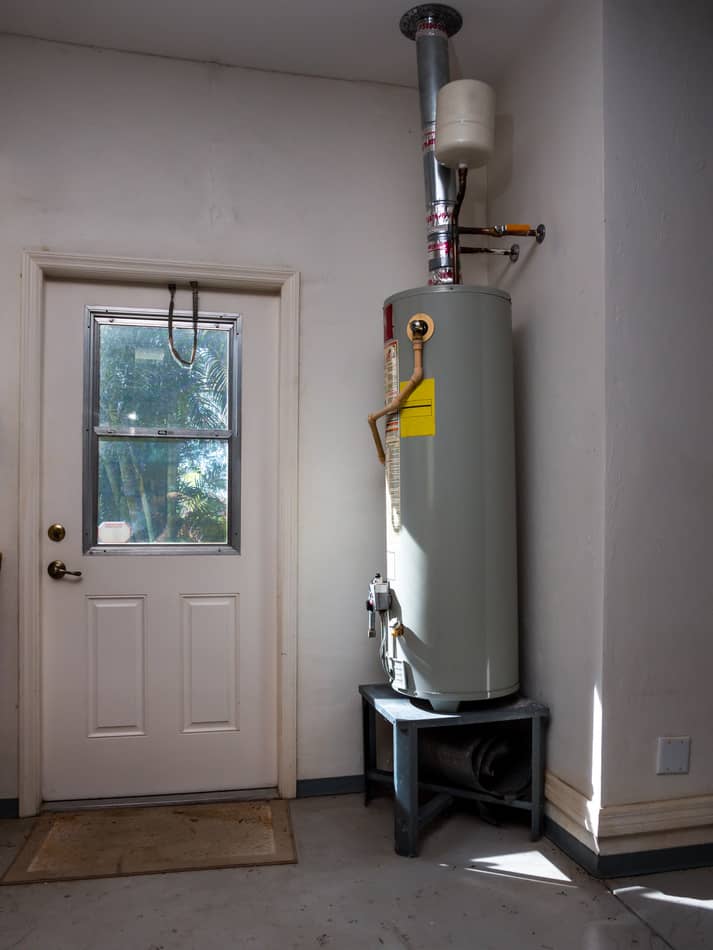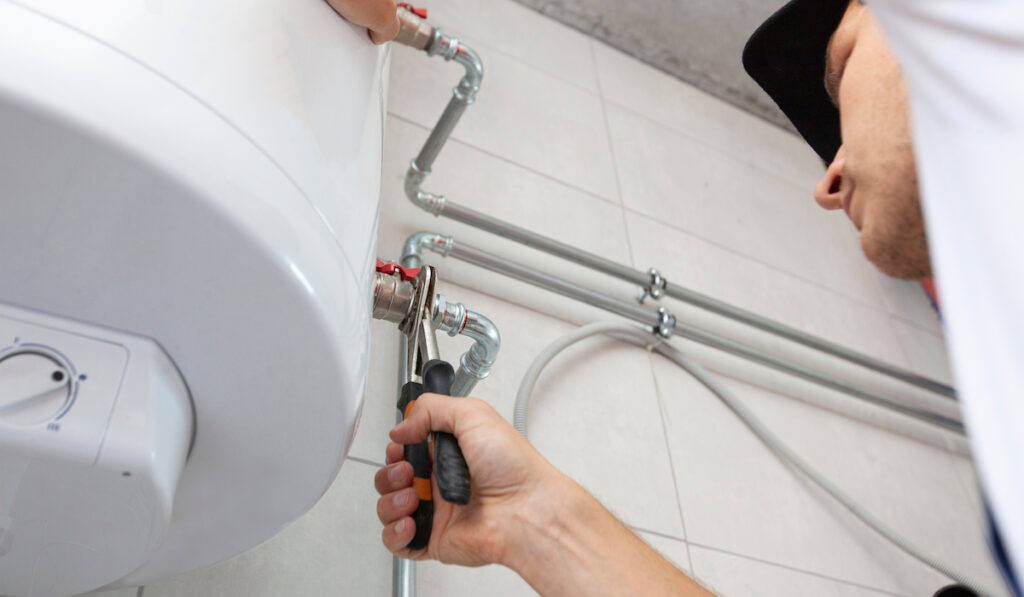Essential Maintenance Techniques for Your Home's Hot Water System
Essential Maintenance Techniques for Your Home's Hot Water System
Blog Article
What're your thoughts regarding How to Maintain a Hot Water Heater in a Few Simple Steps?

Hot water is vital for everyday comfort, whether it's for a refreshing shower or cleaning meals. To ensure your warm water system runs effectively and lasts longer, regular upkeep is essential. This short article provides practical pointers and understandings on how to keep your home's warm water system to prevent interruptions and costly repair services.
Intro
Maintaining your home's hot water system could appear daunting, but with a couple of basic steps, you can ensure it runs smoothly for years to come. This overview covers every little thing from recognizing your hot water system to do it yourself maintenance tips and recognizing when to call in specialist help.
Importance of Keeping Your Warm Water System
Regular maintenance not just prolongs the life expectancy of your hot water system however likewise guarantees it operates effectively. Overlooking upkeep can lead to reduced efficiency, higher power bills, and even early failure of the system.
Indications Your Warm Water System Requirements Upkeep
Knowing when your hot water system requires attention can stop significant problems. Keep an eye out for signs such as irregular water temperature level, odd sounds from the heater, or rustic water.
Understanding Your Warm Water System
Prior to diving into upkeep tasks, it's handy to recognize the basic parts of your warm water system. Normally, this includes the water heater itself, pipes, anode poles, and temperature controls.
Monthly Upkeep Tasks
Regular monthly checks can assist capture minor problems prior to they escalate.
Flushing the Water Heater
Purging your hot water heater gets rid of debris buildup, enhancing effectiveness and lengthening its life.
Monitoring and Changing Anode Rods
Anode poles protect against rust inside the container. Checking and changing them when worn is critical.
Examining and Readjusting Temperature Setups
Changing the temperature level settings guarantees optimum efficiency and safety and security.
DIY Tips for Maintenance
You can perform a number of maintenance tasks yourself to maintain your warm water system in leading condition.
Checking for Leaks
Consistently inspect pipelines and links for leakages, as these can cause water damages and higher bills.
Evaluating Pressure Relief Valves
Examining the stress safety valve guarantees it works properly and avoids excessive pressure buildup.
Insulating Pipelines
Shielding warm water pipes reduces heat loss and can conserve energy.
When to Call an Expert
While DIY maintenance is advantageous, some issues call for expert know-how.
Facility Problems Requiring Specialist Aid
Examples consist of significant leaks, electric issues, or if your water heater is continually underperforming.
Regular Professional Upkeep Perks
Expert upkeep can include comprehensive inspections, tune-ups, and making certain compliance with safety requirements.
Conclusion
Routine maintenance of your home's warm water system is vital for efficiency, durability, and cost financial savings. By following these ideas and knowing when to look for professional assistance, you can ensure a trusted supply of hot water without unanticipated disruptions.
How to Maintain an Instant Hot Water Heater
Before tinkering with your hot water heater, make sure that it’s not powered on. You also have to turn off the main circuit breaker and shut off the main gas line to prevent accidents. Also turn off the water valves connected to your unit to prevent water from flowing into and out of the appliance. 2. When you’re done, you have to detach the purge valves’ caps. These look like the letter “T†and are situated on either side of the water valves. Doing so will release any pressure that has accumulated inside the valves while at the same time avoid hot water from shooting out and burning your skin. 3. When the purge valves’ caps are removed, you have to connect your hosing lines to the valves. Your unit should have come with three hoses but if it didn’t, you can purchase these things from any hardware or home repair shops. You can also get them from retail stores that sell water heating systems. Read the user’s manual and follow it to complete this task properly. When the hosing lines are connected, open the purge port’s valves. 4. You should never use harsh chemical cleaners or solutions when cleaning your unit. Make use of white vinegar instead. It should be undiluted and you’ll probably use about 2 gallons. 5. Now flush your water heater. This task should probably take about 40 minutes. We can’t give you specific directions for this because the procedure is carried out depending on the type, model and brand of your heater. With that being said, refer to the user’s manual. 6. When you’re done draining the unit, you have to turn off the purge port valves again. Remove the hosing lines that you earlier installed on each of the water valves. Put the valve caps (purge port) back in their respective places and be very careful so as not to damage the rubber discs that are found inside these caps. 7. Now that everything’s back in place, check your user’s manual again to find out how to reactivate your water heating system. 8. Once it is working, turn one of your hot water faucets on just to let air pass through the heater’s water supply pipes. Leave the tap on until water flows smoothly out of it. https://www.orrplumbing.com/blog/2014/september/how-to-maintain-an-instant-hot-water-heater/

Hopefully you enjoyed reading our excerpt on Tips on Maintaining a Water Heater. Thanks a ton for spending some time to browse our article post. For those who enjoyed our post kindly consider to share it. Many thanks for your time spent reading it.
Maintenance Sign-Up Report this page